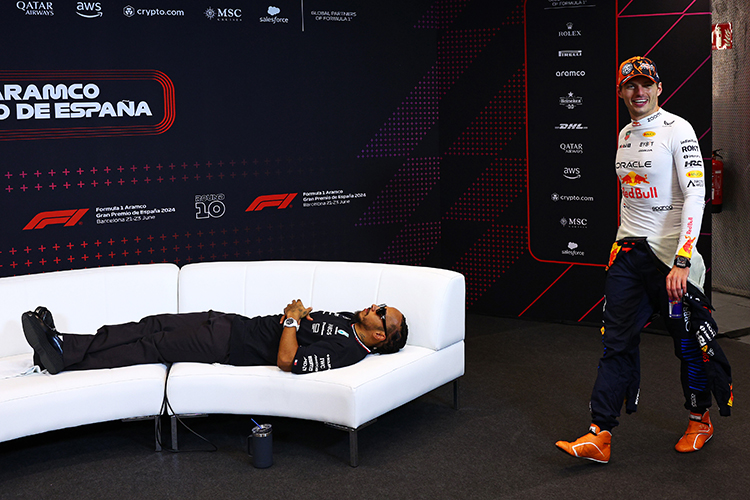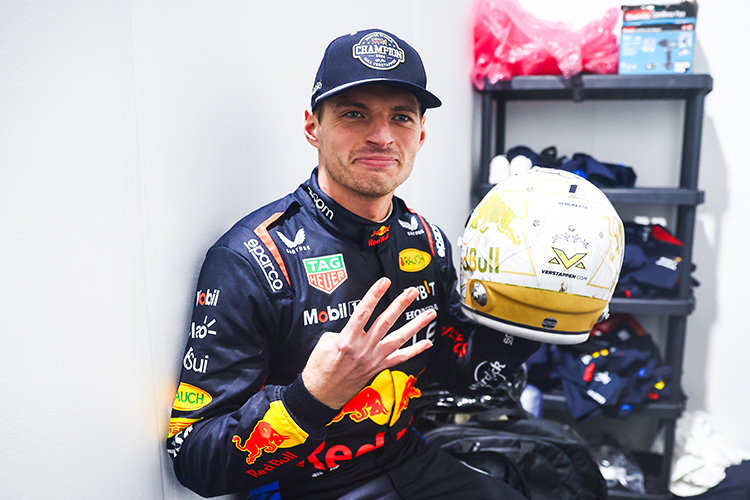Understanding the Risks of Restarting a Formula 1 Race After a Safety Car

Formula 1 World Champions: A legacy of racing legends
What are the risks of restarting a race after the Safety Car period?
Discover the risks involved in restarting a Formula 1 race after a Safety Car period. Explore key challenges like cold tires, congested fields, and aggressive overtakes.
The Challenges of Restarting After a Safety Car Period
The Safety Car is a crucial safety measure in Formula 1, deployed to manage on-track incidents and ensure driver and personnel safety. However, the moments following its withdrawal are some of the most precarious in a race. From congested fields to cold tires and unpredictable tactics, the risks associated with a restart demand extraordinary skill, precision, and composure from drivers.
Key Risks of Safety Car Restarts
1. Congested Field and Bunching Up
Under Safety Car conditions, cars are tightly packed behind the leader. As the Safety Car prepares to exit, the race leader controls the pace, creating an accordion effect that can result in sudden speed changes and gaps. This unpredictability increases the chances of collisions, particularly among midfield and backmarker groups where visibility is limited and reaction times are critical.
2. Cold Tires and Brake Temperatures
The reduced speeds during a Safety Car period lead to a drop in tire and brake temperatures. Cold tires provide less grip, making it harder for drivers to maintain control, especially during high-speed restarts. Wheelspin, lock-ups, and decreased braking performance are common issues that can contribute to incidents in the immediate aftermath of a restart.
3. Restart Tactics and Timing
The race leader has the tactical advantage of deciding when to accelerate and resume racing, often attempting to catch trailing drivers off guard. This unpredictability can lead to chain reactions, with drivers behind scrambling to react and capitalize on the restart. Misjudgments or overzealous moves can easily result in collisions or off-track excursions.
4. Limited Visibility and Turbulent Air
Close proximity during a restart reduces visibility for drivers, particularly those in the midfield and back of the pack. Additionally, the turbulent air from the car ahead can disrupt downforce and grip, making it even more challenging to control the car at high speeds. These factors heighten the risk of errors and accidents during the critical moments after a restart.
5. High Stakes and Aggressive Moves
Safety Car restarts provide a rare opportunity for drivers to make quick position gains. The bunched-up field and high stakes often lead to aggressive overtaking attempts. While some maneuvers succeed, others can result in clashes, damaging both the aggressor’s race and that of their competitors. This dynamic adds an extra layer of tension and unpredictability to the restart.
Conclusion
Restarting a Formula 1 race after a Safety Car period is one of the most challenging aspects of the sport. The combination of congested fields, cold tires, unpredictable tactics, and high-stakes overtakes creates a volatile environment that demands exceptional skill and precision from drivers. These moments highlight the delicate balance between aggression and caution, where the slightest misstep can define the outcome of the race in an instant.
By understanding these risks, fans and teams alike can appreciate the complexity of Safety Car restarts and the incredible skill required to navigate them successfully. Formula 1 remains a sport where precision, strategy, and courage converge to create moments of unparalleled excitement and drama.
Up Next



